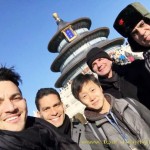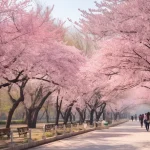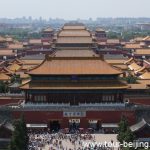Ming Dynasty Wall Relics Park Beijing
Plan your Beijing tour? It is worth your time to have a stroll along its ancient city wall within the Ming Dynasty City Wall Relics Park if you want to have a glimpse of Beijing’s splendid past. Beijing first as capital city called” Shangdu” during Jin Dynasty (1115-1234). 800 years ago Beijing began its history…





